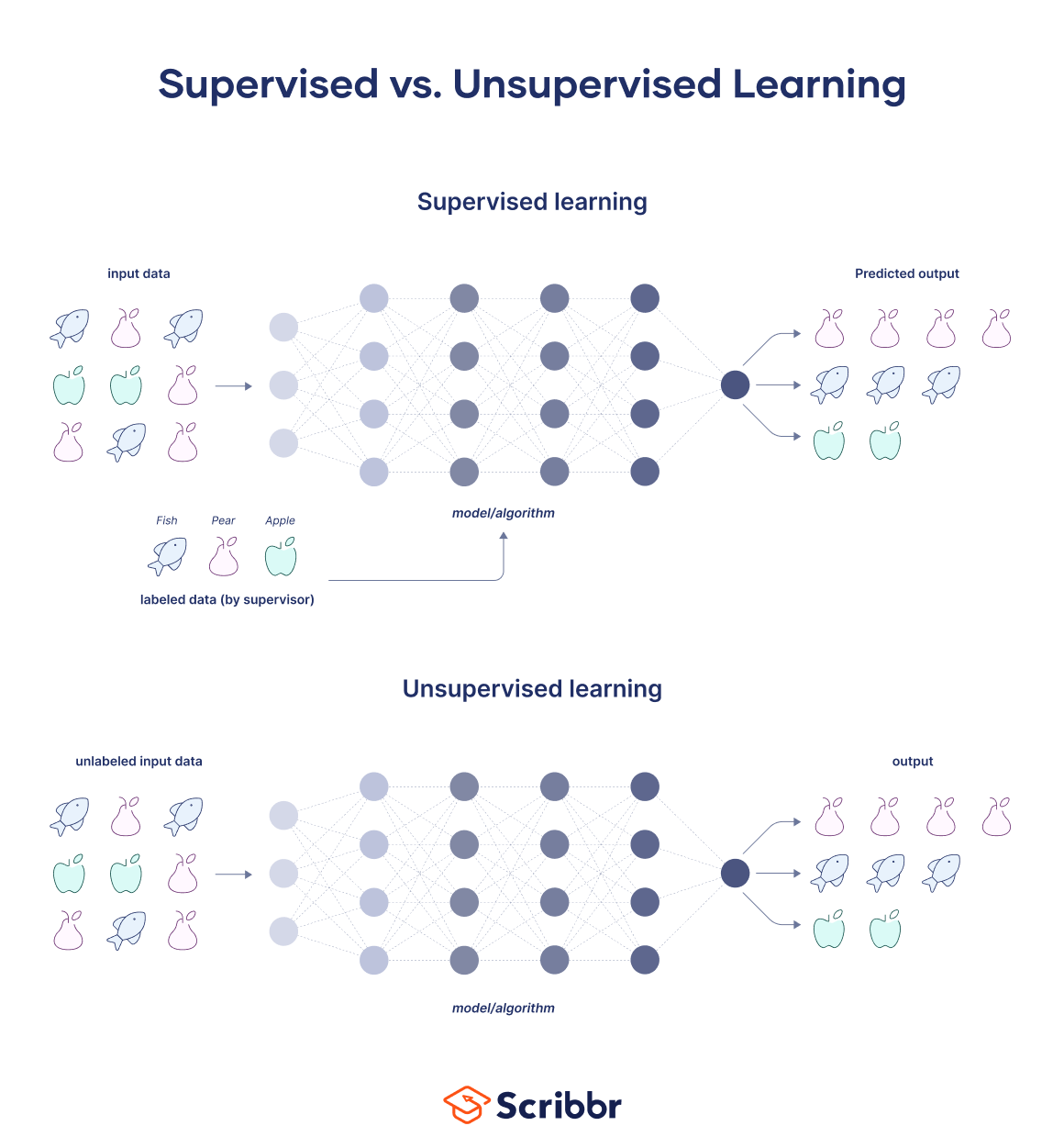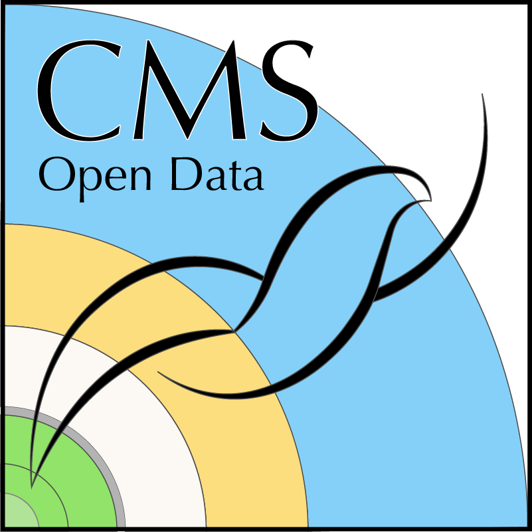Introduction
Particle Physics Playground
Particle Discovery Lab
Introduction to Machine Learning in HEP
Figure 1

Artificial Intelligence (AI) is the broader
concept of machines being able to carry out tasks in a way that we would
consider “smart”. Machine Learning (ML) is a subset of AI that involves
training algorithms to learn from and make predictions based on
data.
Figure 2

Supervised learning involves training a model on
labeled data, where the input comes with corresponding output labels,
allowing the model to learn the relationship between inputs and outputs.
In contrast, unsupervised learning works with unlabeled data,
identifying patterns and structures within the data without predefined
labels, often used for clustering and association tasks.
Figure 3

Confusion metrics, also known as a confusion
matrix, is a table used to evaluate the performance of a classification
model. It displays the true positives, true negatives, false positives,
and false negatives, providing insight into the accuracy, precision,
recall, and overall effectiveness of the model’s predictions.
